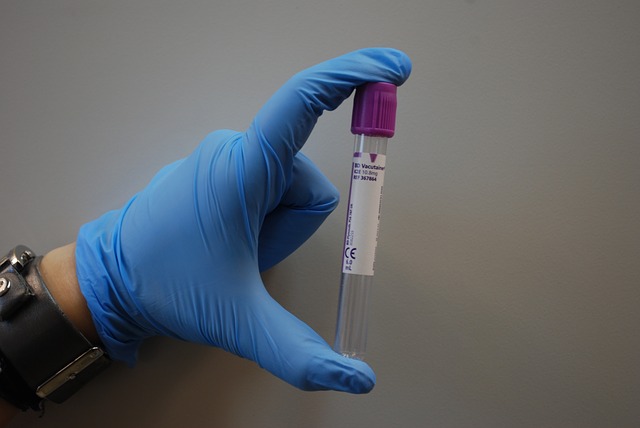READ: The Medical Examiner
| Site: | Mountain Heights Academy OER |
| Course: | Medical Forensics Q2 |
| Book: | READ: The Medical Examiner |
| Printed by: | Guest user |
| Date: | Saturday, 26 July 2025, 9:35 PM |
The Medical Examiner
Medical Examiners vs. Coroners
You have probably heard both the terms medical examiners and coroners used interchangeably, but there can be a big difference between these two positions. Medical examiners are usually doctors who have extensive training in forensic pathology. This is why medical examiners are sometimes called forensic pathologists. A coroner is an elected official who certifies and investigates deaths. A coroner may have a medical background, but they sometimes do not, especially in rural areas.

In this unit we are going to focus specifically on the role of the medical examiner and the autopsy. The medical examiner’s main focus is determining the time of death, the cause of death, and the manner of death. A medical examiner’s office will typically receive bodies of people who have died suddenly and unexpectedly. If a person dies in a hospital of a known medical condition, they don’t always go to the medical examiner’s office. The body may just have an autopsy done at the hospital. The medical examiner does more in-depth autopsies for cases where the death was violent, sudden, or unexplained.
The Utah Medical Examiner’s Office
Click HERE to visit the Utah Medical Examiner’s Office website. Once there read about how the office works. Look for how many people work there, where they are located, what type of cases they take, and what their facilities are like.
Role of the Medical Examiner
Role of the Medical Examiner
A medical examiner is a physician officially authorized by a governmental unit to ascertain causes of deaths, especially those not occurring under natural circumstances. Not all counties within states conduct death investigation and certification under the guidance of medical examiners, however. Some counties instead elect a coroner. A coroner is an elected official who may or may not have any medical or forensic training. Their primary duty is to investigate any death thought to be of unnatural causes. This is a controversial topic in death investigation and Forensic Science because the coroner system does not require Pathology or medical training.
Medical Examiner Roles Interactivity
Medical examiners generally acquire a Bachelor of Science degree in either Forensic Science, Biology or Chemistry. After earning this degree, they then enter medical school to obtain either a Medical Doctor (MD) or Doctor of Osteopathic Medicine (DO) degree. Once they have earned a medical degree, they apply for a position in a 5 year residency program. Following residency, a prospective Medical Examiner will take an exam for board certification in Pathology and Forensic Pathology. After Board certification is acquired, a Forensic Pathologist usually completes a fellowship, or specialty training in an area of interest, such as Toxicology, Autopsy or Serology. The salary ranges from about $105,000 to $500,000 with 13-15 years of education after high school required.
Georgia Virtual, Autopsy and the Role of the Medical Examiner, CC BY-NC-SA 3.0
Documenting the Body at the Scene

Documenting the Body at the Scene
Before a body is moved from a crime scene, initial observations and photographs should be taken. Investigators at the scene should photograph any injuries or blood stains that are visible.They should look for obvious injuries such as bruising, cuts, or gunshot wounds. Evidence of blunt force trauma should be recorded. Blunt force injury happens when the individual has been hit with an object that is not sharp. Sharp force trauma is when the individual has been attacked with sharp objects. The investigators should make note of livor, rigor, and algor mortis. They should make sure they document the position of the body in the scene and take any necessary photographs. Once the body has been documented and all needed information is gather from it, the body can be removed and sent to the medical examiner’s office where an autopsy can be performed.